It was dark, foggy and rainy just after dawn on the second day of the new year as birders gathered at the entrance to Felix Neck Wildlife Sanctuary in Edgartown. The conditions were less than ideal for birdwatching, but the Oak Bluffs team of the annual Christmas Bird Count had a job to do — find as many species as possible.
Luanne Johnson led the three-person Oak Bluffs team that included Angela Luckey and Chris Neill. Most years the team is larger and would split up to cover Oak Bluffs birding spots, but their numbers this year dwindled due to covid exposures among the team.
Walking through the trails toward Sengekontacket Pond, Ms. Johnson explained how the bird count originated in the 1800s as a Christmas competition among hunters to see who could kill the most birds. In 1900, an early iteration of the National Audubon Society proposed a bird census instead, and the Christmas Bird Count was born.
Martha’s Vineyard joined the count in 1960, with teams fanning out all over the Island each year to record the avian population on the Island. The tally continues into the next week as backyard bird counts are registered.
On Sunday, the Vineyard teams spotted 119 species and an approximate total of 19,722 birds. The numbers were lower this year, birders noted, due to the bad weather.
In the early morning, while walking the trails, the Oak Bluffs group stopped every few hundred feet to call, listen and look. Mr. Neill scanned the landscape with a telescope on a tripod, fluently identifying and counting species the naked eye couldn’t see.
But the fog and a tide that nearly submerged Sarson’s Island, a reliable place to spot some species, kept the numbers low. The group only saw a handful of black-bellied plovers all morning.
“It totally depends on what the tide is doing,” Mr. Neill said.
The Oak Bluffs counters were one of 13 teams scouring the Vineyard for birds. At the end-of-day tally presentation held over Zoom, it was clear some of the problems experienced by the Oak Bluffs group were shared by all.
Counts of some birds, such as the common goldeneye, seemed low to the group as the tally scrolled by.
“Those numbers should be higher, I think,” Ms. Johnson said.
Rob Culbert blamed the fog. “I’d say that will be the theme of the day,” he said.
Some species, though, reached reliable numbers despite the conditions.
“As usual, no shortage of Canada geese,” Ms. Johnson said.
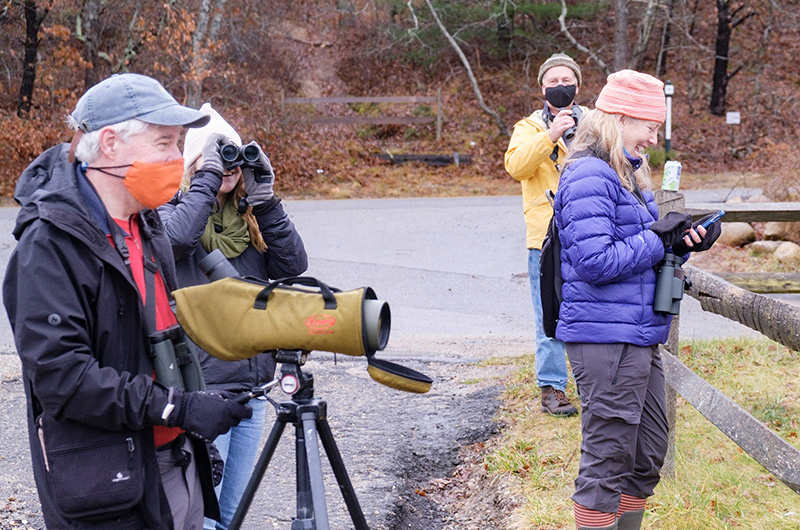
Between the 13 groups, 2,374 Canada geese were counted, to be precise.
Ruddy duck and double-crested cormorant numbers were the subject of friendly compromise and competition between teams who each saw a few in overlapping areas. In order to keep the count accurate, doubles were divvied up in ways the groups agreed were fair.
“There definitely is some competitive fun,” Ms. Johnson said.
But other birds, including the wood duck, were nowhere to be found.
“They’re not as common as they were 20 or 30 years ago,” Mr. Culbert said.
Common eiders have also seen lower numbers in recent decades. On Sunday the common eider tally was only in the hundreds.
“In the 1980s we were seeing [thousands] of them,” said Mr. Culbert.
Some on the Zoom call shared stories of the birds they saw throughout the day, such as a snowy owl at the Edgartown Lighthouse, spotted from Chappaquiddick. Other stories were more somber.
Warren Woessner’s group found a sharp-shinned hawk on the side of the road that appeared to have been hit by a car. Some of his team members brought the hawk home for rehabilitation, but he said the prognosis was not good.
“It just was, I don’t know, weak,” Mr. Woessner said.
Included in the 119 different species of birds were two new species to the Island — the blue-headed vireo and western tanager.
Final numbers will take a few more days to compile as backyard bird count numbers come in.
“I’ll try to get the list tidied up in a couple days,” Ms. Johnson said.

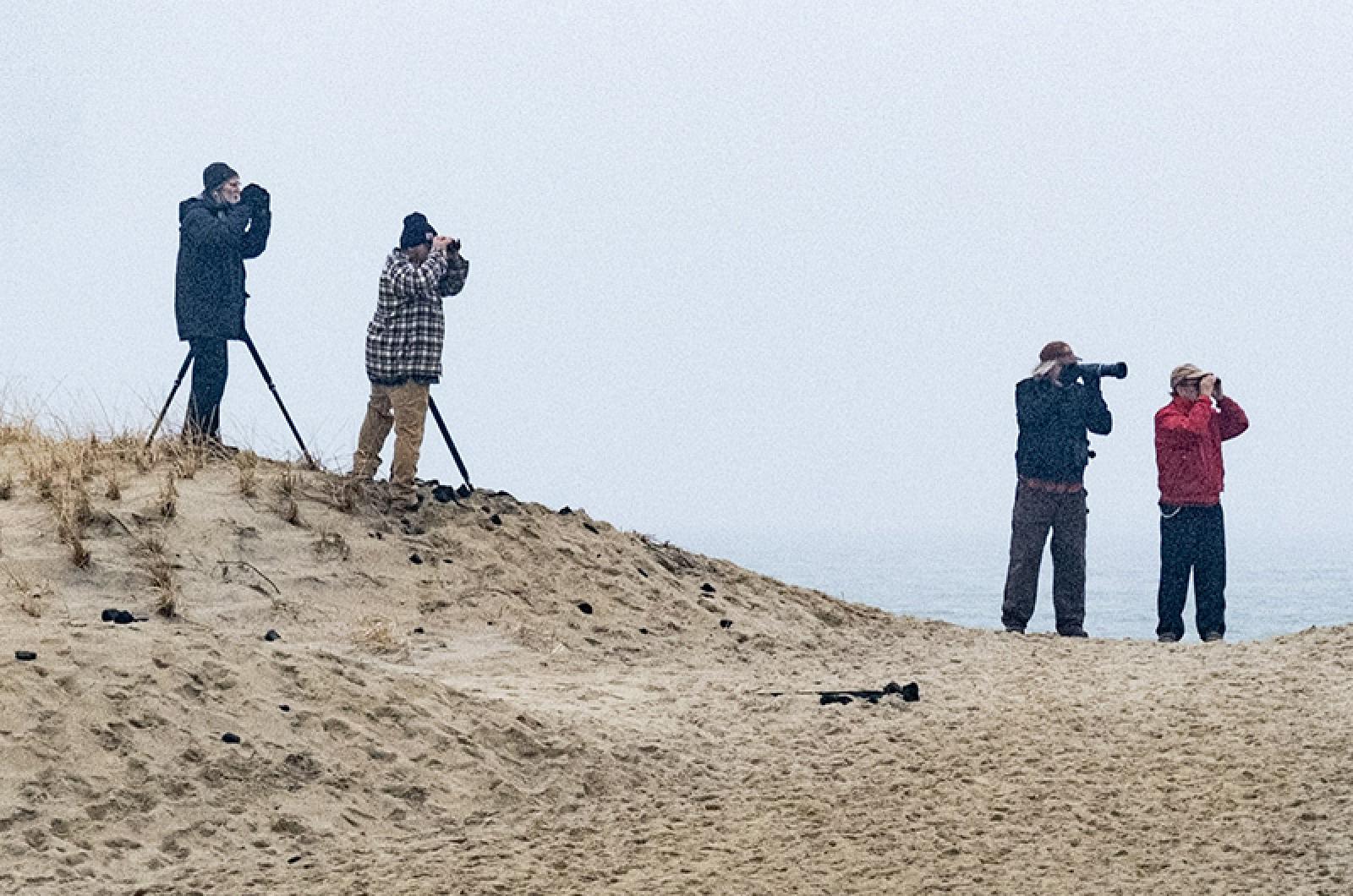
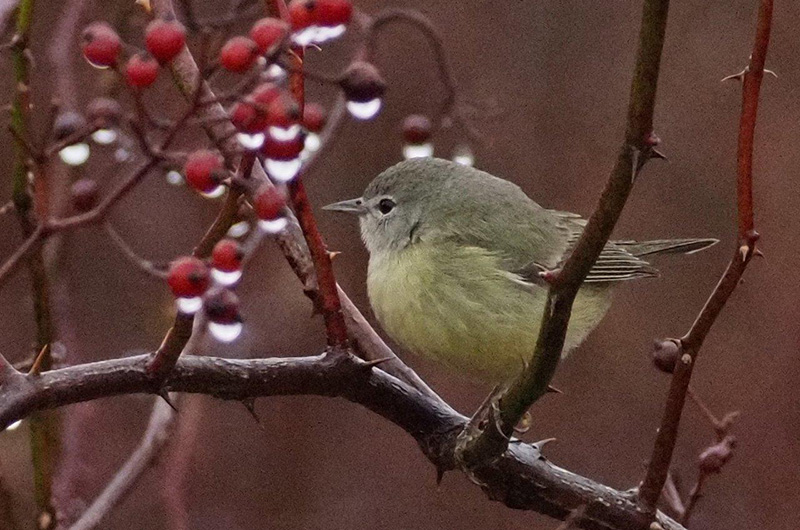

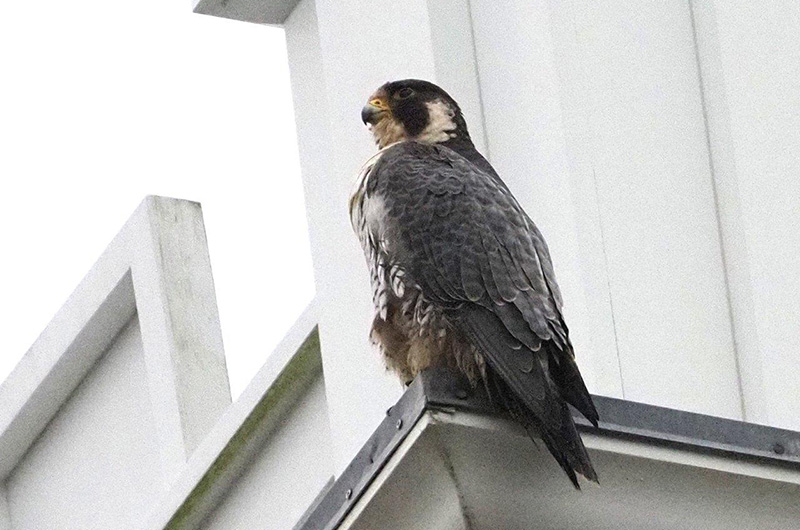
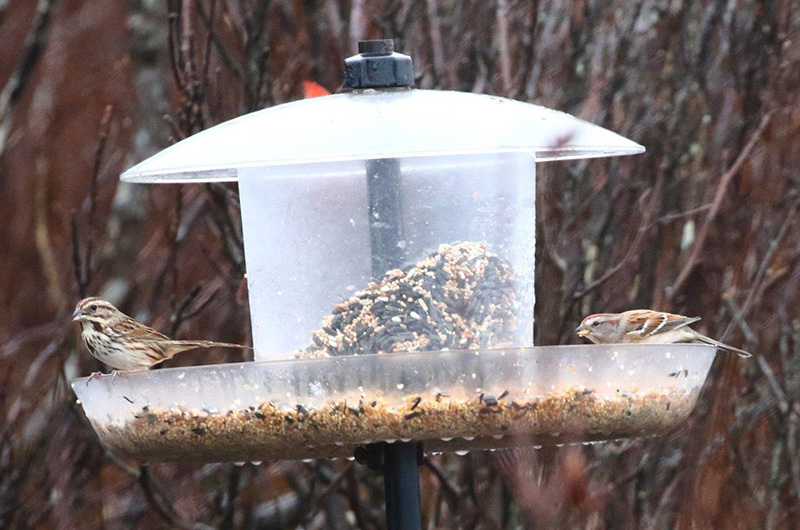





Comments
Comment policy »